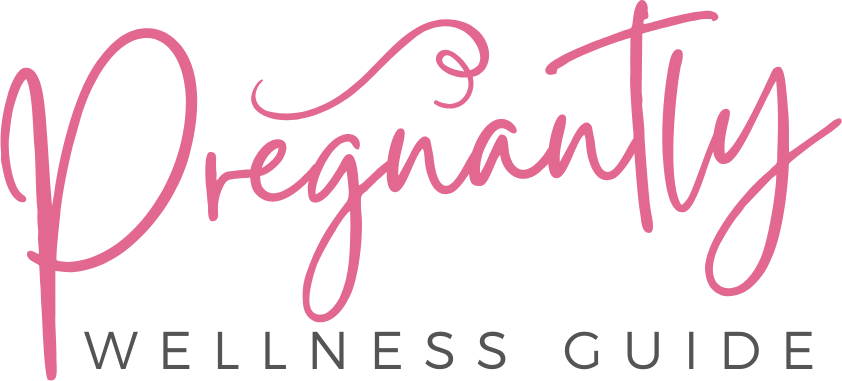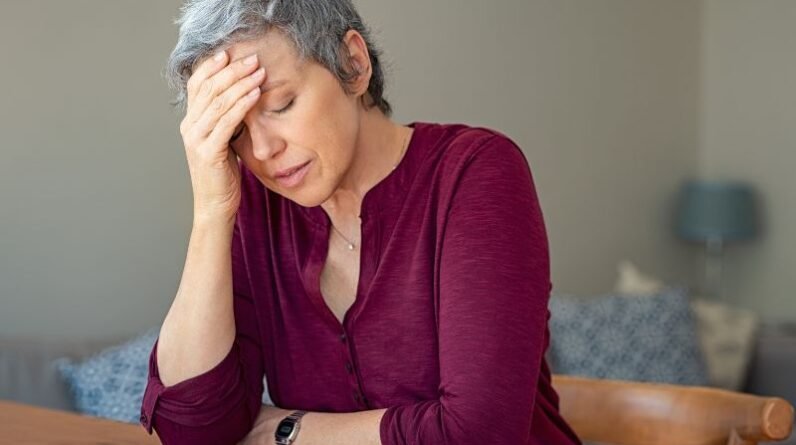
Migraines and Headaches
Migraines and headaches are common issues that affect millions of people worldwide and are notably among the most common nervous system disorders. It is estimated that over 50% of adults experience some level of headache each year, and between 8-15% suffer from migraines. It’s noteworthy that women fall under the higher range of this prevalence rate.
While headaches can affect anyone regardless of gender, women tend to experience them more often than men. Moreover, migraines, a type of headache that is often characterized by severe pain, nausea, and light sensitivity, affect women about 3 times more often than men.
It is important for women who experience migraines and headaches to understand the triggers that can cause these headaches and take steps to manage their symptoms. This may involve making lifestyle changes such as getting enough sleep, reducing stress, and avoiding certain foods and drinks that can trigger migraines. Medications and other treatment options are also available to help manage the symptoms of migraines and headaches.
In what follows, we’ll explore the causes, symptoms, and treatment options for migraines and headaches in women in greater detail. We will also provide tips on how to manage these conditions and improve overall women’s health and wellness.
Common Types of Headaches
Headaches can be a common occurrence for many individuals, but not all headaches are the same. In fact, there are several different types of headaches, and they often have different characteristics and qualities.
Understanding the different types of headaches can help individuals identify their symptoms and seek appropriate treatment. In this section, we will explore the most common types of headaches, including tension headaches, migraine headaches, cluster headaches, and hormonal headaches.
• Tension-Type Headaches
The kind of headache seen most often is the tension headache, affecting up to 70% of adults at some point in their lives. These are due to tension in the scalp or neck muscles when they contract. They are often described as mild to moderate pressure or tightness around the forehead or the back of the head.
Tension headaches can last anywhere from a few minutes to several days and are usually triggered by stress, anxiety, poor posture, or eye strain. Treatment for tension headaches often involves over-the-counter pain medication, relaxation techniques, and stress management strategies.
• Migraine Headaches
Migraine headaches are a type of headache that is often characterized by severe pain, nausea, and sensitivity to light and sound. They can last from a few hours to several days and are often preceded by warning signs such as aura or visual disturbances.
Migraines can be triggered by a variety of factors, including hormonal changes, stress, certain foods, and changes in sleep patterns. Treatment for migraines may include prescription medication, lifestyle changes, and relaxation techniques.
• Cluster Headaches
A rare kind of headache known as cluster headaches is identified by intense pain on one side of the head, usually located around the eye. They occur in cycles, with each cycle lasting weeks to months, followed by a period of remission.
This type of headache is often described as the most painful type of headache and can be triggered by changes in sleep patterns or alcohol consumption. Treatment for cluster headaches may include prescription medication, and in some cases, oxygen therapy has been effective.
• Estrogen Associated Headaches
Hormonal headaches are a type of headache that is closely associated with fluctuations in hormone levels, particularly estrogen. This type of headache in women is often referred to as an estrogen-associated headache.
They can occur during a woman’s menstrual cycle and during pregnancy. In some cases, these types of migraines can occur after menopause. Many women, after menopause, do experience an improvement in these headaches due to the decrease in or lack of fluctuation of hormonal levels, but some women can still have these headaches. Treatment for these types of headaches may include over-the-counter pain medication, prescription medication, or lifestyle changes such as stress management and regular exercise.
Causes of Headaches in Women
The complex physiology of the various inflammatory mediators that promote the pain pathway that leads to migraine headaches has been studied in relation to estrogen. Fluctuating estrogen levels influence this physiologic pathway and can lead to migraine-type headaches. The development of headaches during the menstrual cycle, pregnancy, or after menopause is associated with estrogen level changes in women.
Stress, lack of sleep, poor diet, and certain medications can also contribute to headaches and migraines in women. Additionally, women who have a family history of migraines are more likely to have this condition.
Finally, headaches can also derive from alcohol consumption, excessive sugar consumption, dehydration, and even poor posture.
There are several treatment and management options available for women who experience headaches. These options can include medication, lifestyle changes, and alternative therapies. The treatment options may vary depending on the type and cause of the headache.
Treating and Managing Headaches
There are several different strategies for treating, managing, and preventing headaches and severe migraines, both for men and women alike.
Medications are often the first line of treatment for headaches. Over-the-counter pain relievers such as acetaminophen, aspirin, and ibuprofen can be effective in treating mild to moderate headaches. Prescription medications such as triptans, ergotamines, and anti-nausea medications may be prescribed for more severe or chronic headaches, such as migraines.
Making lifestyle changes can also help manage and prevent headaches. Regular exercise, maintaining a healthy diet, and getting enough sleep can all help reduce the frequency and severity of headaches. Effective stress management techniques may include meditation, yoga, and deep breathing exercises.
Alternative therapies such as acupuncture, massage therapy, and chiropractic care may also be effective in treating headaches. These therapies can help reduce tension and improve circulation, which can help alleviate headache pain.
For women who experience estrogen-associated headaches, hormonal therapy may be an effective treatment option. Hormonal therapy can help stabilize estrogen levels and reduce the frequency and severity of hormonal headaches. It is important to consult a healthcare provider before starting hormonal therapy to ensure it is safe and appropriate for the individual.
Final Thoughts
Headaches and migraines can significantly impact the quality of life for many women. Understanding the different types of headaches and their causes is essential in developing an effective treatment plan and managing the prevention of headaches.
While medications and alternative therapies are certainly appropriate in many circumstances, managing stress and improving lifestyle factors such as sleep and diet can drastically improve the chances of preventing headaches altogether.







